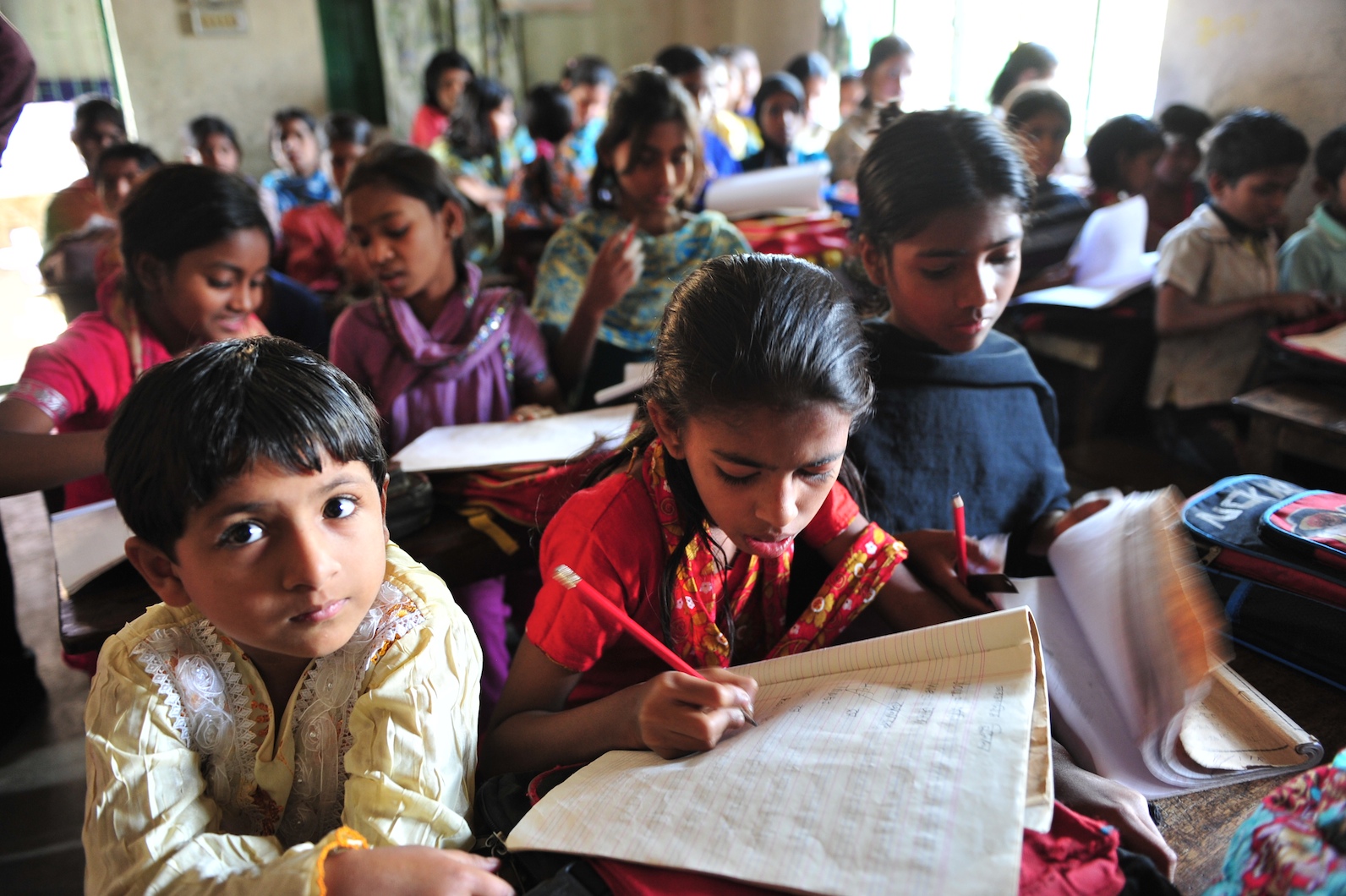The response to the COVID-19 pandemic in Bangladesh’s education sector has been weak. Operating with limited economic resources and within budgetary frameworks, Bangladesh was tasked with fulfilling the educational needs of their citizens, while protecting public health. This has led to mixed results.
On March 26th, 2020 Bangladesh declared a nationwide lockdown, temporarily closing all educational institutions. While many lockdown restrictions were later lifted on May 31st, the reopening of educational institutions was delayed to September. During this time, the country opted to adopt remote learning. However, Bangladesh lacked the digital infrastructure to move their complete education system onto an online platform as planned.
In the capital, Dhaka, remote learning was delivered through a combination of pre-recorded and synchronous lectures. However, the service was not made available for students living outside the capital. Initially, pre-recorded lectures were broadcast on a national television channel, but thousands of students were unable to access this programming, given that 50% of Bangladeshi households don’t have a television. Following this, the Government then decided to stream lessons online through the social media platform, YouTube. With this effort, the government assumed that students have access to fast and adequate internet service across the country. In reality, Bangladesh has the slowest internet speed of neighbouring South Asian Countries and sufficiently fast internet can’t be supplied by any of the mobile carriers outside the capital because of the limited infrastructure. Therefore, access to quality, virtual education was very limited and implausible for the average citizen.
The demand for virtual learning increased with COVID-19, meaning that significant amounts of investment in infrastructure became necessary. Although the primary, secondary, and tertiary educational institutions initially lacked the requisite digital infrastructure, financial contributions from the University Grants Commission (UGC) gave 9.2 million students access to online university degree programs.
A major contributor to this success was the Bangladesh Research and Education Network (BdREN). 147 out of 153 universities in the country, spanning both public and private institutions, received aid from BdREN for the purpose of digitizing higher education. The subsidy provided staff training for educators, helping them deliver their lectures online adequately. The first initiative by BdREN received lots of positive feedback for the marked improvement in educational infrastructure that followed. With the training of teachers, there was an evident increase in the capacity of teachers, which helped convince policymakers to further raise investment digital infrastructure and the educational sector.
Foreign Direct Investment in education plays a critical role in the economy and development of Bangladesh, as the national government itself historically has not prioritized educational expenditure. As a percentage of the nation’s GDP, Bangladesh’s expenditure in the education sector is the lowest in South Asia and decreasing yearly. Adjusting to the necessary shift in the delivery of education caused by the COVID-19 pandemic has been challenging for Bangladesh due to the poor preexisting groundwork in the educational sector.
Overall, with the assistance of BdREN and the Government, a daily average of 3,800 lectures were delivered online with more than 220,000 students participating within four months of their involvement. To this day a total of 203,200 lectures have been delivered by 10,200 educated faculty members with a total attendance of 9.2 million students. Although major concerns about the education system remain, Bangladesh has adjusted its national education curriculum, especially in higher education, to meet the new norms created by COVID-19.
Edited by Zachary Beresin
Photo credits: “center for street children” by melanie_ko, published on March 4, 2010, licensed under
a Creative Commons Attribution 2.0 Generic (CC BY 2.0). No changes were made.
Kibel Aker is a first year student at McGill University and is currently double majoring in Economics and International Development Studies.

